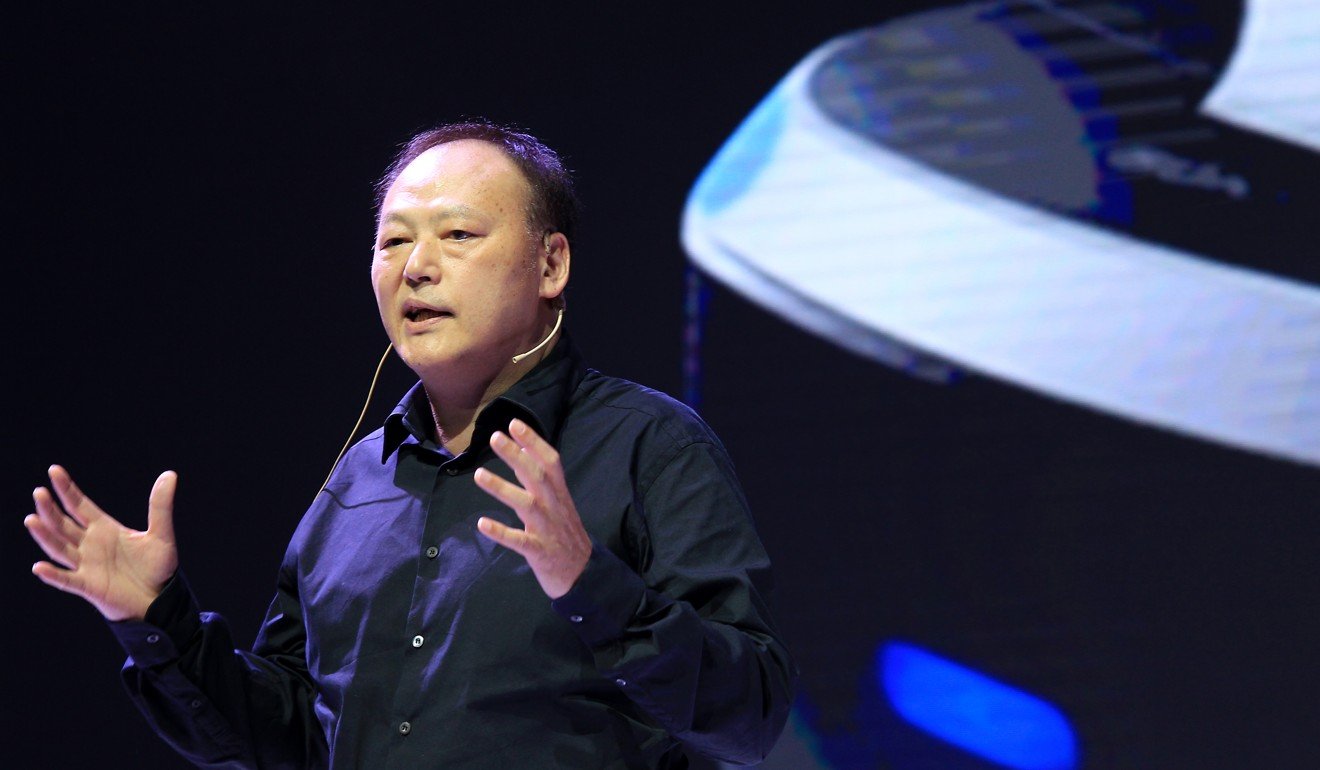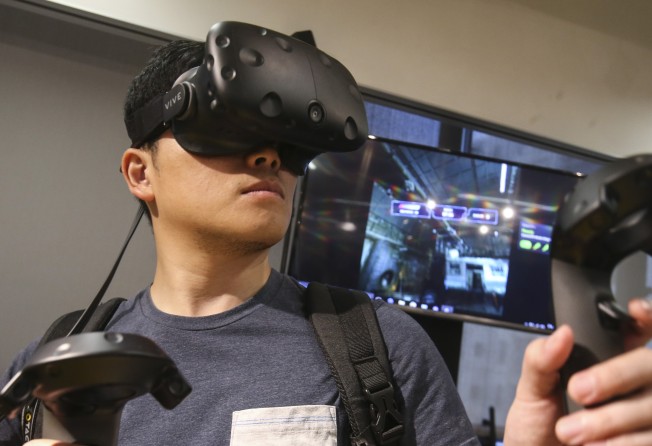
Digital Domain, Qualcomm partner in virtual reality push
The international alliance forms part of visual effects titan Digital Domain’s preparations to deliver new content for upcoming 5G mobile services

Digital Domain Holdings, which runs the world’s largest independent visual effects studio, is aiming to ramp up its push into virtual reality through a partnership with mobile chip giant Qualcomm.
It marks the company’s latest international collaboration after it teamed up last month with German telecommunications services provider Deutsche Telekom on a virtual reality mobile application.
“We are creating a new ecosystem for virtual reality,” Digital Domain chairman Peter Chou told the South China Morning Post on Wednesday.
Chou, who cofounded the Taiwanese smartphone maker HTC, said the new alliances formed part of Digital Domain’s preparations for the global roll-out of 5G mobile services in the next few years. He foresees a growing demand for virtual reality content enabled by the new mobile system.

5G represents the latest advance in mobile communications, in which networks will adapt to applications, according to trade body the GSM Association.
It is estimated that the next-generation mobile system will support: a million connected devices per square kilometre; 1 millisecond latency, or the amount of time a packet of data takes to get from one point to another; higher energy and spectral efficiency; and a peak data download rate of up to 20 gigabits per second.
Chou said future 5G users will need new media such as virtual reality content because the advanced mobile system “will provide new ways to consume and experience this content”.
Digital Domain, the Hong Kong-listed operator of award-winning visual special-effects studio Digital Domain 3.0, has been sharpening its focus on creating original virtual reality content amid the rush to develop headsets for the technology.
Hugo Swart, the senior director for product management at Qualcomm subsidiary Qualcomm Atheros, said the company provides “the mobile chips tailored for virtual reality, the software and [headset] reference design”, which ultimately need matching content from Digital Domain.
“It’s going to take a few years, but our vision is to have virtual reality headsets with full compute and communications capability in a form that looks like regular sunglasses,” said Swart. “These would be for everyday use and could eventually replace smartphones.”
The global virtual reality market, including headsets, consumer content and advertising-related revenue, is forecast to reach US$75 billion by 2021, up from an estimated US$7.2 billion by the end of this year, according to data from research firm Greenlight Insights.
Digital Domain already provides content to Deutsche Telekom’s virtuality reality platform Magenta VR, which bundles content from the fields of sports, music and entertainment.
Chou said the partnership shows that mobile operators can provide relevant and new services to their subscribers as their networks transition to 5G.